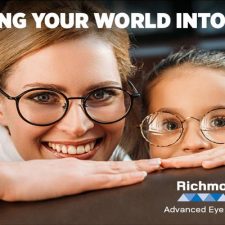How to Maintain Eye Health at All Ages
By David Mostafavi, M.D. Chief of Ophthalmology at RUMC Richmond University Medical Center March is “Save Your Vision” month, which makes it a perfect time to talk about how we can protect our eyes. After all, they are the window to our soul and the lens to our world—and we should be doing everything we […]











